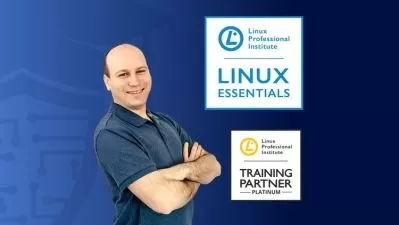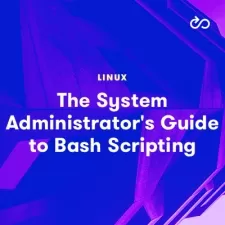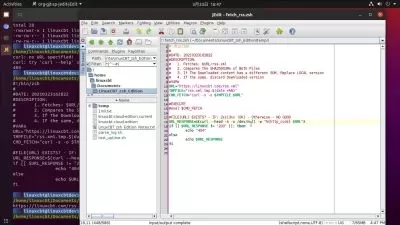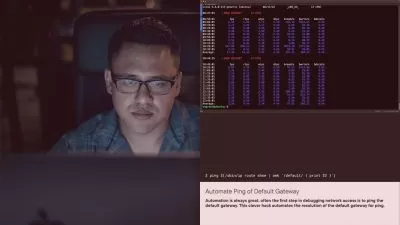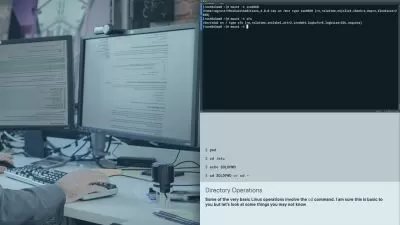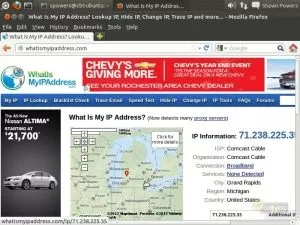Cert Prep: CompTIA Linux+ (XK0-005)
Grant McWilliams
12:49:03
Description
Looking to boost your know-how and showcase your Linux skill set to potential employers? Obtaining the CompTIA Linux+ certification can go a long way in proving your expertise. This popular, job-based certification is even required by many employers as a base requirement for administering Linux servers. In this course, Grant McWilliams helps you prepare to pass the CompTIA Linux+ (XKO-005) certification exam. The latest version of the exam was introduced in 2022 and replaces the XKO-004 exam. Throughout this course, Grant goes over each of the key topics covered in exam XKO-005, including setup, configuration, file management, server maintenance, security, troubleshooting, and o,re. Along the way, he references other courses in the LinkedIn Learning library to help you get more focused, in-depth coverage of the subjects covered in the exam.
More details
User Reviews
Rating
Grant McWilliams
Instructor's Courses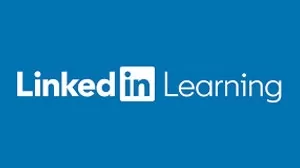
Linkedin Learning
View courses Linkedin Learning- language english
- Training sessions 179
- duration 12:49:03
- English subtitles has
- Release Date 2023/07/12






